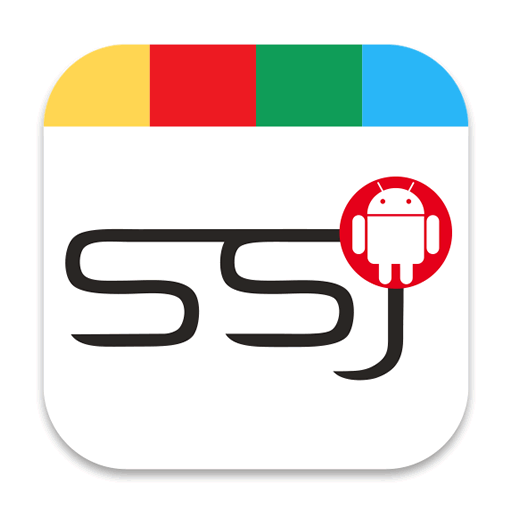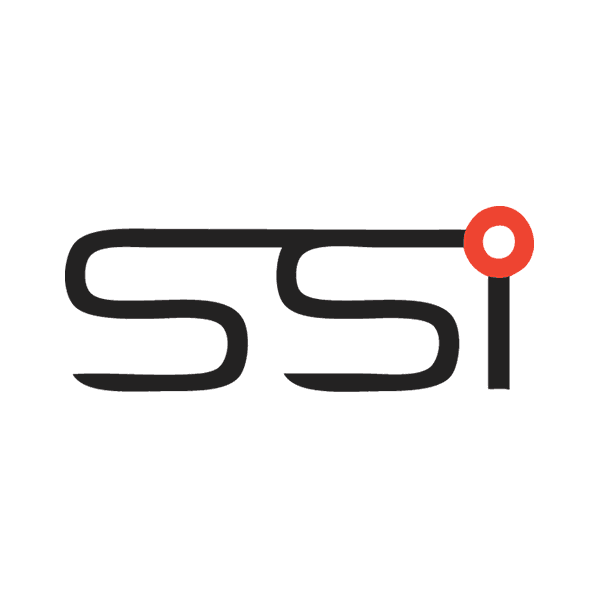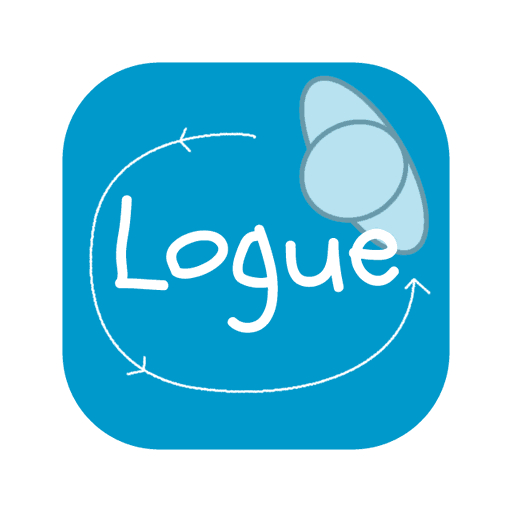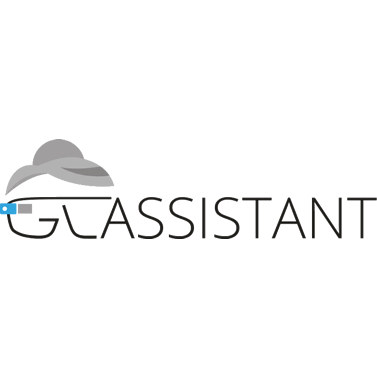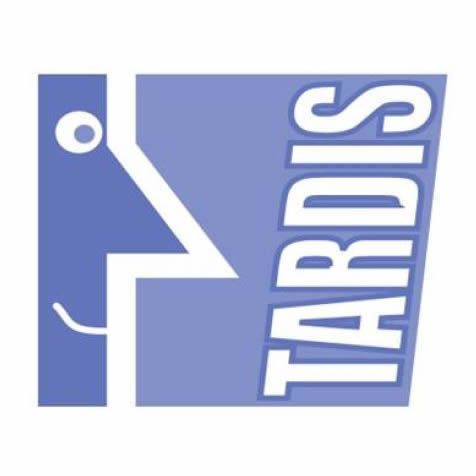
Software Engineering
Since my early teenage years I strived to create complex yet flexible software solutions. While I started with webdevelopment and building websites in html, php and javascript, during my student and PhD years I switched to developing in C++, C# and Java. I both participated in and coordinated small teams of programmers and designers for developing various software solutions. Some examples can be seen below.

Sensor Data Fusion
I have experience with fusing data from multiple sensors into one consistent environment model to enable highly accurate perception systems for autonomous driving.

Machine Learning / Signal Processing
During my PhD programme I built numerous signal processing systems with the purpose of automatically classifying user behaviour in real time. For this, I implemented signal filters, developed feature extractors and trained various types of classification models including Neural Networks and Support Vector Machines.

